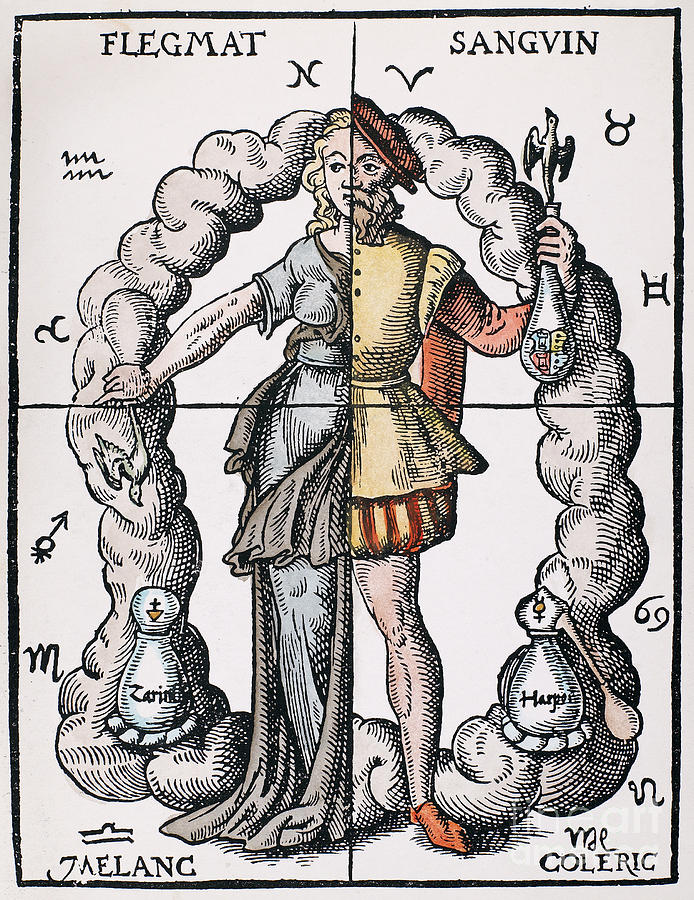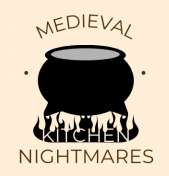Spices served many functions in the Middle Ages; they were not simply there to make food taste good. Along with taste, spices were used in remedies and recipes to balance one’s humours and to demonstrate one’s wealth (the ability to buy great quantities of such luxurious goods). They were not used to disguise the scent of rotting meat; someone who could afford spices could afford to eat unspoiled meat. Spices were imported from far-off and exotic lands, having to travel great distances to reach North-Western Europe.
Despite their luxurious nature, by the later Middle Ages, the middle and upper classes had become accustomed to eating spiced foods. By the 15th century, the availability of spices increased, and while volatile, prices decreased (Belich, 2022). These factors meant that there was greater accessibility of spices to a greater number of people.
Some of the spices commonly consumed in the Late Middle Ages would have been very familiar to us; others are less recognizable. Here’s a list and some brief descriptions of some of the spices we will be using in our project; hopefully, a few of these spices will be new to you!
Cloves
Cloves were used as a flavouring as well as a food preservative in Medieval times. This spice is strong and pungent; it is still commonly used in cooking today (“Clove,” 2023). In terms of humoural theory, cloves are defined as hot and dry (Amar & Lev, 2016).
Image from Michlitch Spokane Spice
https://www.spokanespice.com/itemdetail.php?id=540&secid=60
Galingale
This spice is from the ginger family but has a sweet/spicy taste that cannot be substituted with ginger. This spice is now commonly referred to as galangal and is still used today in Southeast Asian cuisine. In terms of humoral theory, galingale is hot and dry (Amar & Lev, 2016)
Image from Simply Recipes
https://www.simplyrecipes.com/what-is-galangal-5209585
Grains of Paradise
Grains of Paradise was a common flavouring agent used in Medieval cooking; this spice is also from the ginger family but tastes like a citrusy black pepper. This spice is also called melegueta pepper; this spice has mostly fallen out of popularity and is hard to come by (Freedman, 2008). In terms of humoural theory, grains of paradise are hot and moist (“Grains of Paradise,” 2023).
Image from Ekaterra
https://ekaterra.com/products/alligator-pepper
Saffron
This spice was mainly used in the Middle Ages to give colour to food rather than to add any sort of taste. It comes from the stigma of a certain flower; it is still used but is hand-cultivated and very expensive (“Saffron,” 2023).
Image from Sativus.com
https://www.sativus.com/en/saffron/
Sandalwood
Sandalwood was used in the Middle Ages as a food colouring rather than a flavouring; the taste of this wood is bitter. Sandalwood is no longer commonly used in cooking, as it tastes bitter, and some variations are poisonous. Humourally, sandalwood is dry (Jharwal, 2023). Medieval food recreators occasionally leave sandalwood out of recipes because of the modern abundance of food colourings that do not taste bitter, but we have chosen to leave it in because the bitterness added will be authentic to the original recipe.
Image from Ebay
https://www.ebay.ca/itm/165980361645
References
Amar, Z., & Lev, E. (2016). Arabian Drugs in Medieval Mediterranean Medicine. Edinburgh University Press. https://doi.org/10.1515/9780748697823
Belich, J. (2022). 4 Expansive Trades. In The World the Plague Made: The Black Death and the Rise of Europe (pp. 106-122). Princeton: Princeton University Press. https://doi-org.ezproxy.library.uvic.ca/10.1515/9780691222875-009
Britannica, T. Editors of Encyclopaedia (2023, October 19). Clove. Encyclopedia Britannica. https://www.britannica.com/plant/clove
Britannica, T. Editors of Encyclopaedia (2023, October 9). Saffron. Encyclopedia Britannica. https://www.britannica.com/topic/saffron
Das, G., Patra, J. K., Gonçalves, S., Romano, A., Gutiérrez-Grijalva, E. P., Heredia, J. B., Talukdar, A. D., Shome, S., & Shin, H.-S. (2020). Galangal, the multipotent super spices: A comprehensive review. Trends in Food Science & Technology, 101, 50–62. https://doi.org/10.1016/j.tifs.2020.04.032
Freedman, P. H. (2008). The Medieval Taste for Spices. Historically Speaking, 9(7), 2–5. https://doi.org/10.1353/hsp.2008.0024
Jharwal, A. (2023, September). Red sandalwood (Pterocarpus santalinus): Benefits & uses for skin. Medium. https://medium.com/@arunjharwal/red-sandalwood-pterocarpus-santalinus-benefits-uses-for-skin-9adec44092f9 Wikimedia Foundation. (2023, October). Grains of Paradise. Wikipedia. https://en.wikipedia.org/wiki/Grains_of_paradise#cite_note-7
Wikimedia Foundation. (2023, October). Grains of Paradise. Wikipedia. https://en.wikipedia.org/wiki/Grains_of_paradise#cite_note-7


